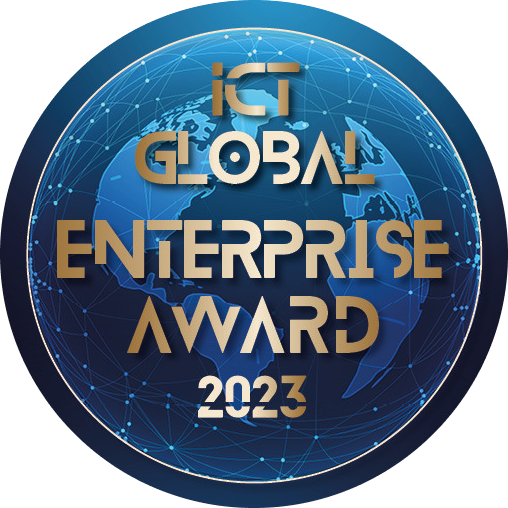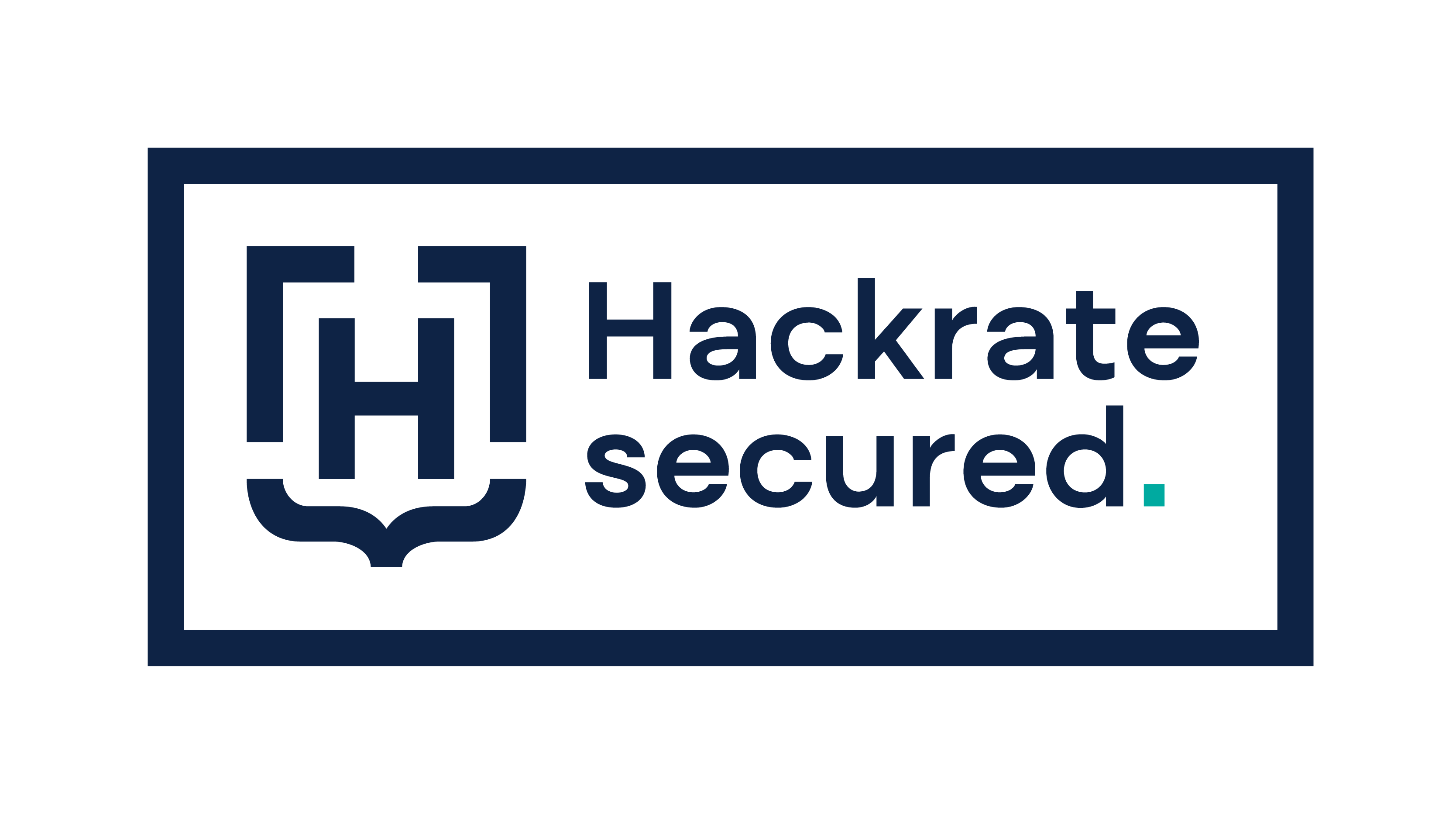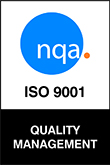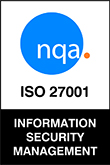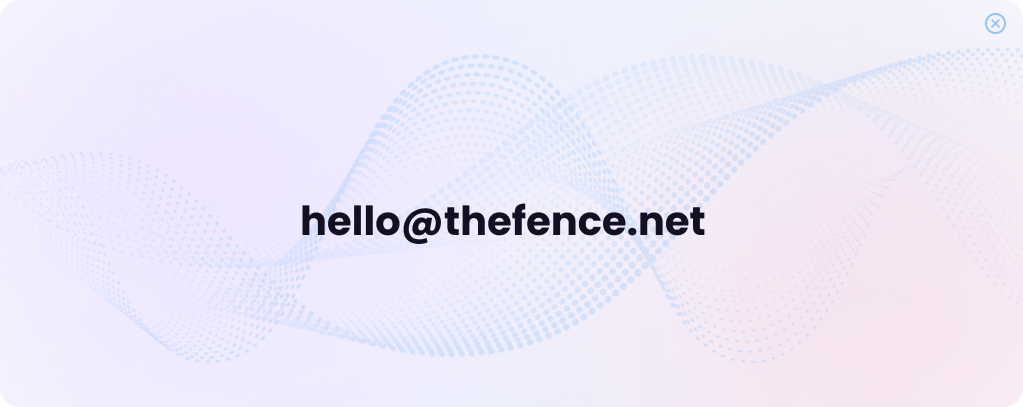If there’s one golden rule in cybersecurity that never goes out of style, it’s the principle of least privilege (PoLP). At its simplest, PoLP means giving every user, system, or application only the access they need — and nothing more.
Sounds easy, right? In reality, organizations of all sizes struggle to put this into practice. Industry research shows that over 70% of cloud security incidents are caused by misconfigured privileges. In other words, permissions are often the weakest link in the security chain.
In this blog, we’ll break down:
- Why enforcing least privilege is so challenging in today’s IT environments.
- Common pitfalls like “permission creep.”
- How automation and modern identity governance tools can help.
- How to balance security vs. usability without slowing down the business.
- And, most importantly, what practical steps you can take today.
Why Least Privilege is Harder Than It Looks
Dynamic Environments Move Too Fast
Cloud, microservices, and serverless platforms are built to be agile. Infrastructure spins up and down in seconds, developers deploy dozens of updates daily, and containers may live for minutes.
Trying to enforce static permissions in this environment is like trying to hit a moving target. A role that was accurate yesterday might be overly broad today.
- Example: A Kubernetes pod might need storage bucket access for a single job, but the role persists long after the job finishes.
- Solution: Modern entitlement management solutions continuously analyze cloud permissions and highlight excessive privileges.
Legacy Systems Don’t Cooperate
Legacy applications often come with “all-or-nothing” permission models. You’re either a user with minimal rights or an admin with full control.
- Many enterprises still run critical business systems on outdated platforms where granular access simply doesn’t exist.
- In such cases, organizations often have to wrap legacy systems with governance layers or deploy compensating controls until modernization is possible.
Lack of Context Creates Blind Spots
Who really needs access to what? This is the most fundamental question — and the hardest to answer.
- Developers often request broad access “just in case.”
- Managers approve requests without technical context.
- Admins rarely have visibility into how permissions are actually used (and is not their job).
This leads to over-provisioning and permission creep — the gradual accumulation of unnecessary privileges. Many organizations don’t even track when privileges go unused, making it easy for dormant access to stay unnoticed.
Common Pitfalls: What Usually Goes Wrong
Permission Creep
Studies show that over 60% of organizations discover unused or outdated permissions during audits. Why? Because employees switch roles, join projects, and leave old entitlements behind. Without regular cleanup, these accumulate into major risks.
Abandoned Accounts
Service accounts, temporary users, and old contractor accounts are often overlooked. These “ghost accounts” are a hacker’s dream, because they provide legitimate access but are rarely monitored.
Granularity Overload
Granularity sounds good in theory, but if policies are too fine-grained, they become unmanageable. Security teams drown in complexity, while users suffer from delays. On the flip side, overly broad roles violate least privilege outright.
- A balanced approach is to use task-based access bundles (e.g., “developer-read-only” or “analyst-report-export”) instead of assigning privileges resource by resource.
Multiple Identity Types
Human users are just the tip of the iceberg. Today, machine identities (bots, service accounts, APIs) often outnumber humans by 45:1. Each requires different lifecycle management — and attackers know that machine accounts are often less protected.
The Role of Automation
Enforcing least privilege sounds straightforward until you try to do it manually. In practice, modern organizations juggle thousands of users, identities, roles, and permissions across hybrid and multi-cloud environments. Without automation, access management quickly becomes unmanageable — and risky.
Automation helps in three critical ways:
- Visibility at Scale
Automated discovery tools can continuously scan environments to identify accounts, roles, and permissions — including forgotten or shadow accounts. - Continuous Enforcement, Not One-Time Setup
Policies that are correct today might be overly broad tomorrow as systems evolve. Automation ensures continuous evaluation and can automatically flag and revoke unused privileges. - Smarter Decision-Making
Analytics-driven automation can recommend optimal access levels based on real usage patterns. This reduces over-provisioning while minimizing friction for end users.
In short, automation transforms least privilege from a static policy into a living, adaptive control.
Balancing Security and Usability
Security teams often walk a tightrope: restrict too much, and you disrupt workflows; allow too much, and you invite breaches.
One effective compromise is just-in-time (JIT) access. Instead of permanent elevated rights, users request temporary access when needed. Access expires automatically, leaving no lingering privileges.
- Example: A developer requests production database access for two hours to troubleshoot an issue, instead of holding permanent read/write rights.
- This model significantly reduces standing privileges without frustrating employees.
Auditing and Compliance
Least privilege isn’t just best practice — it’s increasingly a regulatory requirement. Multiple frameworks across industries expect organizations to implement strict access controls and prove compliance.
| Regulation | How It Relates to PoLP | Key Requirement |
| GDPR | Personal data only accessible by legitimate business users | Access control & minimization |
| PCI DSS | Cardholder data must be tightly restricted | Granular access control |
| HIPAA | Patient records must be accessed on a need-to-know basis | Role-based access control |
| NIS2 | EU directive requiring secure IT systems | Periodic access reviews |
| SOX | Financial integrity controls | Access logging & least privilege |
| DORA | Operational resilience for finance | JIT access, IAM controls |
| SOC 2 | Service provider trust framework | Access reviews & entitlement monitoring |
Auditors don’t just want to see policies on paper; they expect evidence. That means:
- Documented access and entitlement reviews.
- Clear audit logs showing who accessed what, when, and why.
- Proof of removal of unused or excessive privileges.
Organizations that cannot demonstrate enforcement of least privilege during audits risk non-compliance penalties and reputational damage.
Real-World Example
In one well-publicized cloud security incident, attackers exploited overly broad IAM permissions to access sensitive data. The misconfiguration allowed roles intended for limited access to escalate privileges across multiple environments. This breach highlighted that least privilege is not just theory — it’s often the dividing line between a contained incident and a large-scale data exposure.
Implementing least privilege is not a one-time project. It’s an ongoing cycle of reviewing, adjusting, and automating.
To get it right:
- Start small — prioritize critical systems and sensitive data.
- Make automation a cornerstone — integrate IGA-driven workflows to continuously monitor and adjust permissions.
- Educate users — explain why they don’t need unlimited permissions.
- Review regularly — entitlement creep is inevitable, but you can control it.
- Balance security with usability — without crippling productivity.
At the end of the day, least privilege isn’t just about compliance checkboxes — it’s about reducing attack surface in a world where attackers exploit the path of least resistance. And more often than not, that path is an unused but over-permissioned account.
How Modular Solutions Like TheFence Can Help
While the principle of least privilege is clear in theory, the reality is that no single organization has the exact same needs. Some enterprises want a comprehensive IGA platform that can serve as the single source of truth. Others already have IAM or identity-related tools in place and need a complementary layer to fill specific gaps.
This is where TheFence provides a unique approach. Its modular design makes it flexible enough to operate:
- As a compact, all-in-one IGA solution, handling entitlement reviews, access certifications, policy enforcement, and automation in one platform.
- TheFence not only addresses modern modular needs but also provides comprehensive solutions for compliance requirements and for wrapping legacy systems with stronger controls.



